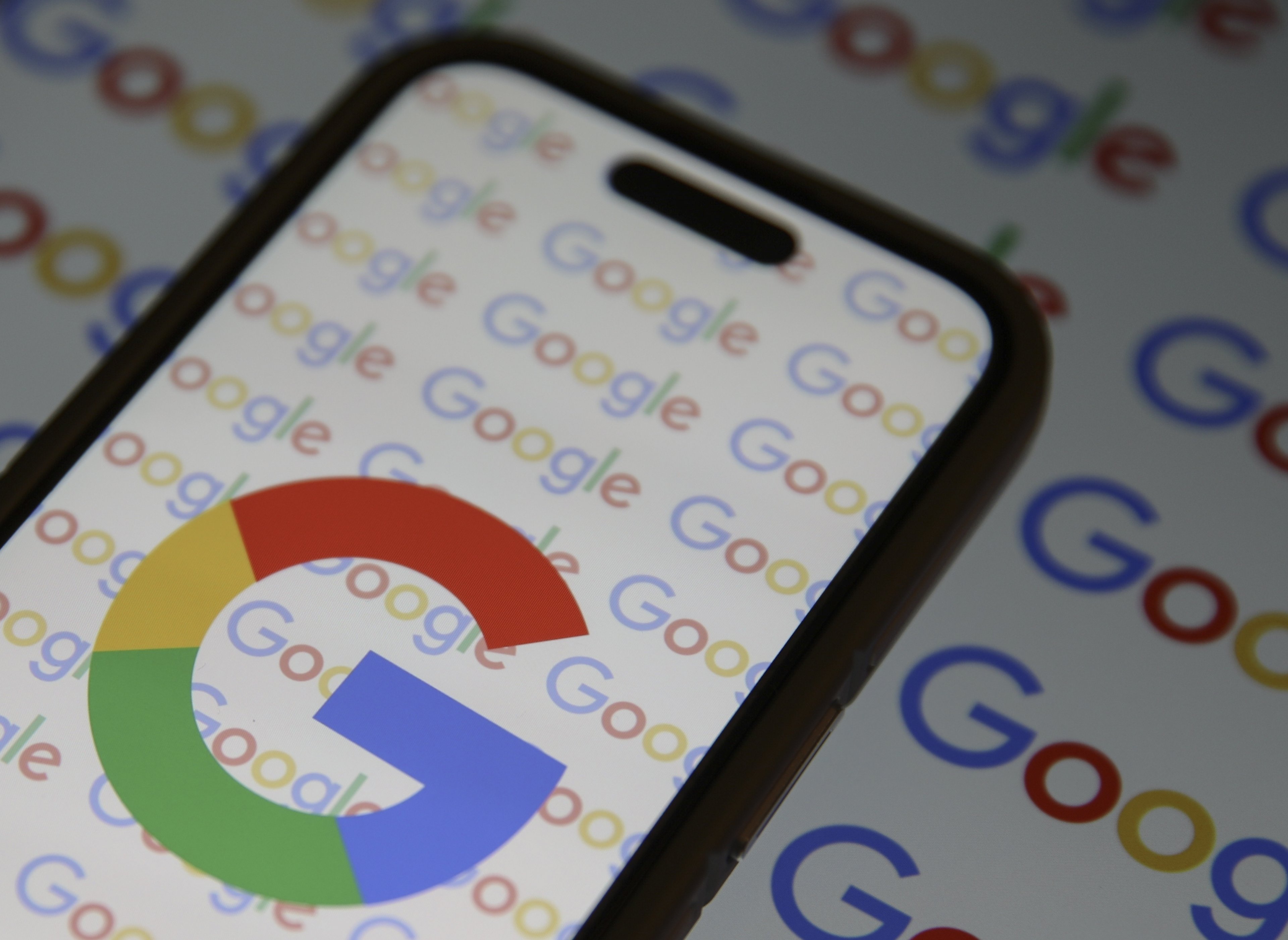Source: Google.
Alphabet's (GOOG +1.09%) (GOOGL +1.00%) search giant, Google, held its annual developer conference, Google I/O, earlier this month. The event served to showcase where the company is going, with a number of new product and service announcements (most notably Google Home, Allo, and Duo), and signaled Google's interest in a variety of emerging technologies, including virtual reality and artificial intelligence.
But Google also gave some insight into how its business is performing, disclosing a variety of key metrics. Here are the seven most interesting numbers Google announced.
No. 1: Over 1 billion Chrome mobile users
Last year, at Google I/O 2015, Google announced that its browser, Chrome, had more than 1 billion active users across both desktop and mobile devices. Chrome is a popular desktop browser (it has nearly 42% market share, according to NetMarketShare), but it is particularly popular with mobile users, as it comes bundled with many of the handsets that run Google's Android mobile operating system.
And its popularity is growing at a rapid pace. In November, Google announced that there were more than 800 million monthly active Chrome mobile users, up from 400 million in 2014. Now, that figure stands at over 1 billion. Chrome is available for Apple's (AAPL +0.33%) iOS devices, but the sheer number of Chrome users is a testament to Android's popularity. It's also a great sign for Google's core advertising business, as its Chrome browser ties directly into its search engine and its other services.
No. 2: 200 million active Google Photos users
Google announced Google Photos at last year's Google I/O. This year, it disclosed the number of monthly active users -- more than 200 million. That's double the 100 million monthly active users it announced last October.
Photos is an online cloud storage solution for photos and videos, and it competes with similar services, including Apple's iCloud. But unlike its competitors, Google Photos is completely free. 50GB of iCloud storage -- enough to hold about 16,000 photos -- costs roughly $12 per year. Google Photos also sorts and indexes its users' images, making them searchable. It's not surprising that Google Photos was able to amass so many users in such a short period of time.
Google has promised not to use images stored on Google Photos for promotional purposes, or make them accessible through its general search engine. Yet the service falls under Google's general privacy policy, and bolsters the amount of data Google has on its users. In time, Google could monetize Google Photos through the inclusion of ads.
No. 3: 65 billion app downloads
More than 65 billion Android apps have been downloaded through Google Play, Google's mobile app store. That's up from 48 billion in May, 2013. The Play store is the official Android app store, but there are many competitors, including a variety run by Chinese firms and Amazon's Appstore. For that reason, it's not surprising that, despite Android's popularity, Apple continues to lead: Apple CEO Tim Cook announced that the company's App Store had exceeded 100 billion app downloads last year. Nevertheless, it's another encouraging sign for the Android ecosystem.
No. 4: 600 different Android phones
Within the last year, handset-makers launched more than 600 different phones running the Android operating system. For comparison, there were about 600 different Android phones and tablets released between 2008 and 2012, according to Android developer Animoca (via CNet). In other words, although some of Google's hardware partners have fallen on hard times, general interest in its mobile operating system continues to rise.
No. 5: 12 different Android Wear partners
The same is true for Android Wear, Google's smartwatch platform. The search giant is now working with 12 different partners on Android wear devices, including Huawei, ASUS, Casio, and TAG Heuer. It's not clear how many consumers are purchasing these watches, but if they're interested in the platform, they have no shortage of vendors to choose from.
No. 6: 50 million Google Cardboard apps installed
At Google I/O 2014, Google announced Cardboard, its first foray into virtual reality. Cardboard, as its name suggests, is an inexpensive virtual reality solution made out of cardboard. Most Android phones are compatible, as are many different iPhone models, and a wide variety of companies have created their own versions of Cardboard, which they've sold for just a few dollars, or given away for free.
Cardboard is a crude implementation that can't compare to more fully featured alternatives, like the GearVR or Oculus Rift. Still, there's been plenty of interest among consumers. According to Google, more than 50 million Cardboard apps have been downloaded. That bodes well for Google's next-generation virtual reality solution, DayDream, which will launch later this year.
No. 7: 25 million Chromecasts sold
Google launched its inexpensive streaming dongle, Chromecast, in July 2013. In May, 2015, Google said it had sold more than 17 million of them. At this year's I/O, it updated that figure, announcing that consumers had purchased more than 25 million Chromecasts over the last three years. That makes Chromecast one of the world's most popular streaming devices. For comparison, last year Apple said it had sold 25 million Apple TVs, though the device has been on the market in one form or another since 2007.
Unlike its competitors, Chromecast isn't a fully formed smart TV platform -- it requires a separate mobile device or PC to function. Still, it offers roughly the same functionality, giving consumers the ability to stream music and video, and it extends Google's reach into millions of living rooms.









